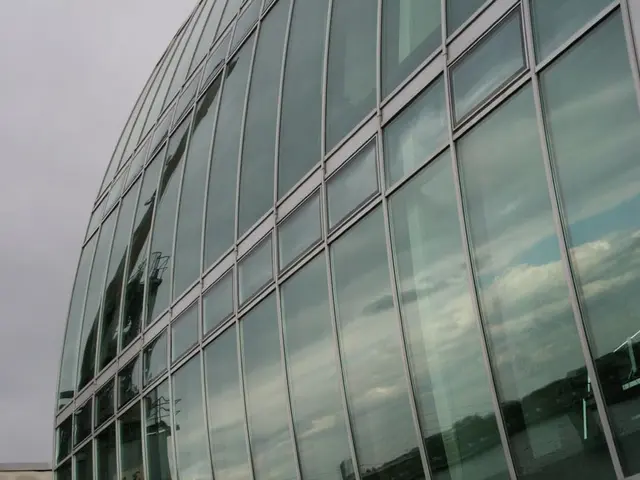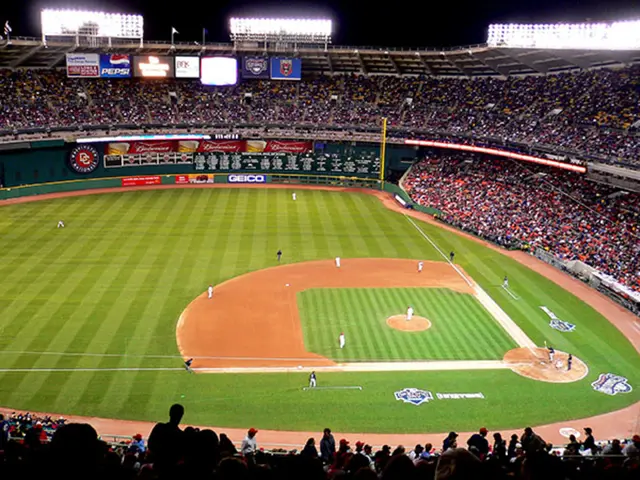Immerse Yourself in Different Realms through Restaurant Virtual Reality Experiences
In the ever-evolving world of technology, the integration of Virtual Reality (VR) in restaurants is set to revolutionise the dining experience, offering immersive, interactive, and emotionally engaging environments for customers.
One of the most significant changes brought about by VR is the transformation of menu presentation. Diners can now explore dishes in a fully 3D, sensory-rich setting, including 360° views of plating and ingredients, which helps customers make better-informed choices and increases curiosity, often driving premium orders. This immersive storytelling can connect diners to the origin of their meals and provide educational content about nutrition or sourcing, deepening customer engagement and transforming a simple meal into a memorable experience.
Beyond enhancing the customer experience, VR is also impacting the future of the restaurant industry by advancing training and operational efficiency. VR and augmented reality (AR) tools are being used for remote culinary training, enabling chefs to learn new techniques without geographical constraints. This use of immersive technology supports skill development and consistency in kitchen performance.
Looking ahead, VR is poised to synergise with other emerging technologies—such as 3D food printing and Artificial Intelligence (AI)—to further revolutionise gastronomy. This technological evolution promises more personalised, efficient, and sustainable dining options while maintaining the irreplaceable human touch in service.
However, the implementation of restaurant VR is not without its challenges. Achieving intuitive interactions that enhance the dining experience without overwhelming the customer is difficult. Moreover, not everyone feels comfortable using VR headsets, and some diners may feel disoriented or uncomfortable during extended VR sessions. The cost of implementing restaurant VR is substantial, including initial investment for VR hardware, software, and development, as well as ongoing costs for maintenance and updates.
Despite these challenges, the market for restaurant VR is poised for growth as VR technology becomes more affordable and widespread. As the technology continues to evolve, improvements in sensory feedback, haptic technology, and more immersive 3D environments can be expected. The integration of AI and robotics could lead to highly personalised dining experiences tailored to individual preferences.
In summary, the implementation of VR in restaurants significantly enhances the dining experience by offering highly interactive, multi-sensory previews of dishes, enhancing customer decision-making, creating unique dining atmospheres, improving staff training and culinary education, and integrating with broader technological trends for a high-tech, yet personalised future of dining. Finding the right balance between technology and human connection will be key to maintaining the warm, communal atmosphere that dining establishments are known for.
Gadgets like VR headsets are becoming essential components of technology in the restaurant industry, revolutionizing the dining experience by providing immersive 3D views of dishes and enabling educational content about food origins and nutrition. Furthermore, advancements in VR and AR technologies are expected to increase operational efficiency by facilitating remote culinary training for chefs.
The continued growth of the restaurant VR market is contingent on overcoming challenges such as intuitive interactions, customer comfort, and the high cost of implementation. As VR technology becomes more affordable and widespread, it will integrate with emerging technologies such as 3D food printing, AI, and robotics to offer more personalized, sustainable, and efficient dining experiences while maintaining the human touch in service.







